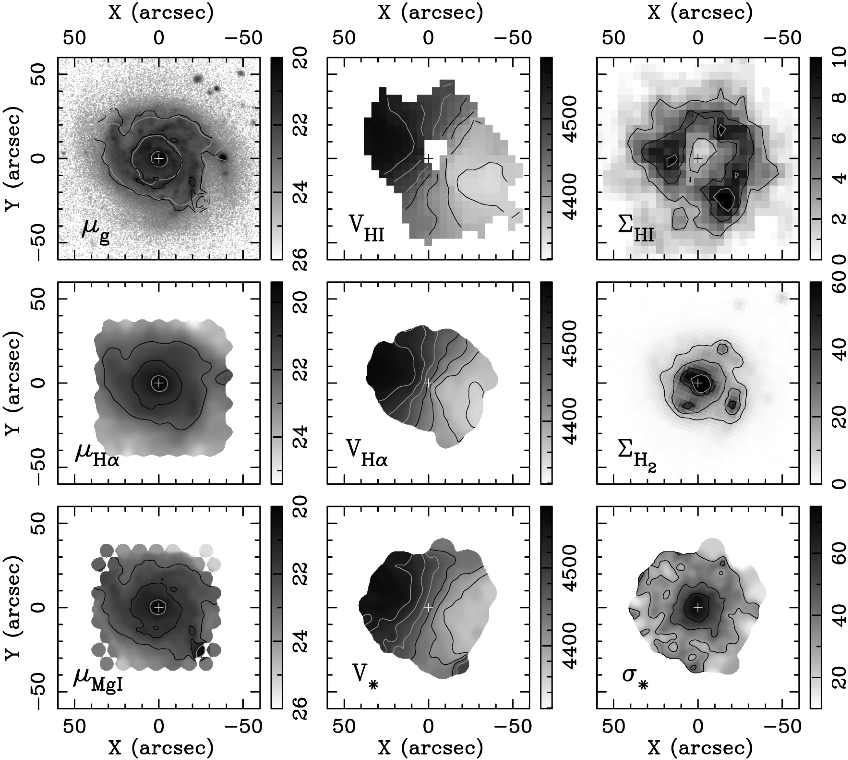Daily Image
03-05-2011Today's Colloquium: Galaxy Dissection: The Detailed Mass Budget of UGC 463 (Kyle B. Westfall, Kapteyn)
| Submitter: | Colloquium |
| Description: | In general, the mass budgets of galaxies are not well constrained. While there are multiple methods of measuring the total mass of a galaxy within a given radius (rotation curves, velocity dispersions, lenses, etc.), breaking this mass up into fractional contributions from gas, stars, and dark matter is non-trivial. Indeed, most such mass accounting done in the literature rely on stellar masses derived using stellar-population-synthesis (SPS) models, which have multiple sources of degeneracy and systematic error that impinge on the results. The DiskMass Survey has approached these issues via dynamical measurements of the mass surface density of 40 nearly face-on, late-type galaxies. Our measurements uniquely describe the baryonic mass distributions and dark-matter-halo density profiles of each galaxy within ~3 disk scale lengths. Here, I present a detailed study of the mass budget for one of our survey targets, UGC 463. We find that the mass of this galaxy's disk is substantially lower (by a factor of ~3) than expected for a maximal disk, a disk that contributes maximally to its mass budget at small radii. If galaxy disks are generally sub-maximal, many SPS-model-based stellar masses are called into question. Image Description: Two-dimensional observations of UGC 463 collected by the DiskMass Survey. From top-to-bottom and left-to-right, we provide surface brightness in mag/arcsec^2 for SDSS g-band imaging, SparsePak integral-field continuum near the H-alpha line, and SparsePak+PPak integral-field continuum near the MgI lines; line-of-sight velocities in km/s for the HI, H-alpha, and stellar tracers; mass surface densities in solar masses per pc^2 of HI and H2; and stellar velocity dispersions in km/s. The estimates of the H2 mass surface density are based on Spitzer 24-micron imaging. All images have the same spatial scale and have a sky-right orientation. The look-up tables for each quantity are provided to the right of each image. The galaxy center, as provided by NED, is marked by either a black or white plus sign. The contours of the H-alpha and MgI continuum surface brightness are over-plotted on the SDSS g-band image for comparison. Analysis of these data show that UGC 463 hosts a sub-maximal disk by a factor of ~3 in mass. |
| Copyright: | Kyle B. Westfall |
| Tweet |  |
